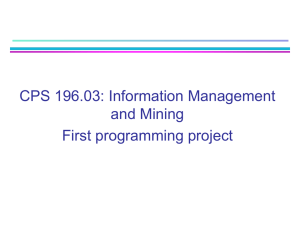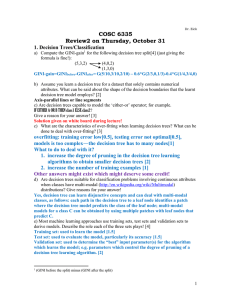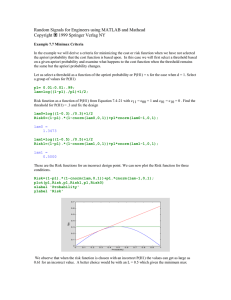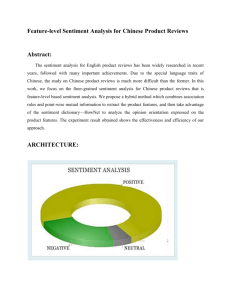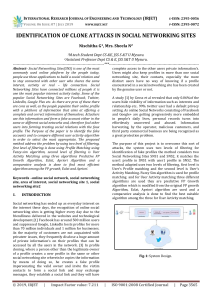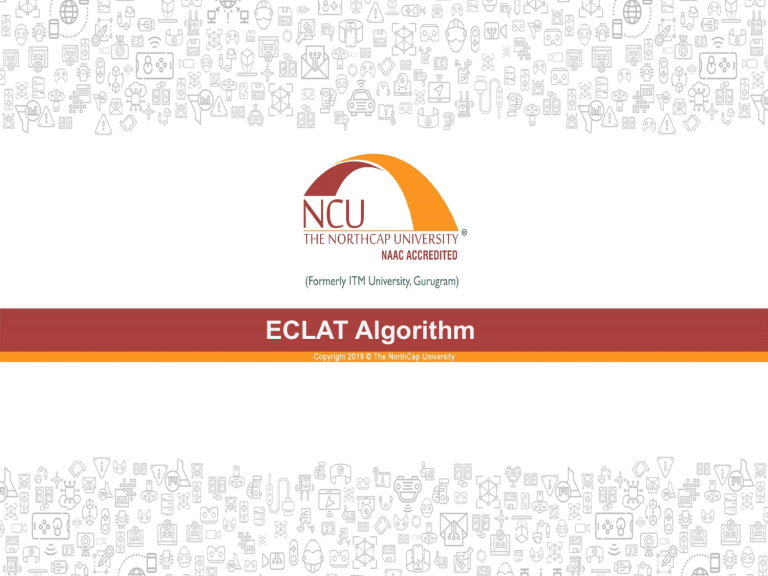
ECLAT Algorithm Introduction • The ECLAT algorithm stands for Equivalence Class Clustering and bottom-up Lattice Traversal. • It is one of the popular methods of Association Rule mining. • It is a more efficient and scalable version of the Apriori algorithm. • While the Apriori algorithm works in a horizontal sense imitating the Breadth-First Search of a graph, the ECLAT algorithm works in a vertical manner just like the Depth-First Search of a graph. • This vertical approach of the ECLAT algorithm makes it a faster algorithm than the Apriori algorithm. How the algorithm works? • The basic idea is to use Transaction Id Sets(tidsets) intersections to compute the support value of a candidate and avoiding the generation of subsets which do not exist in the prefix tree. • In the first call of the function, all single items are used along with their tidsets. • Then the function is called recursively and in each recursive call, each item-tidset pair is verified and combined with other item-tidset pairs. • This process is continued until no candidate item-tidset pairs can be combined. Example • Consider the following transactions record:- • The above-given data is a boolean matrix where for each cell (i, j), the value denotes whether the j’th item is included in the i’th transaction or not. 1 means true while 0 means false. Example • We now call the function for the first time and arrange each item with it’s tidset in a tabular fashion:- Example • We now recursively call the function till no more item-tidset pairs can be combined:- Example Example Advantages over Apriori algorithm • Memory Requirements: Since the ECLAT algorithm uses a Depth-First Search approach, it uses less memory than Apriori algorithm. • Speed: The ECLAT algorithm is typically faster than the Apriori algorithm. • Number of Computations: The ECLAT algorithm does not involve the repeated scanning of the data to compute the individual support values. Disadvantage • The Tidsets can be quite long, hence expensive to manipulate.
